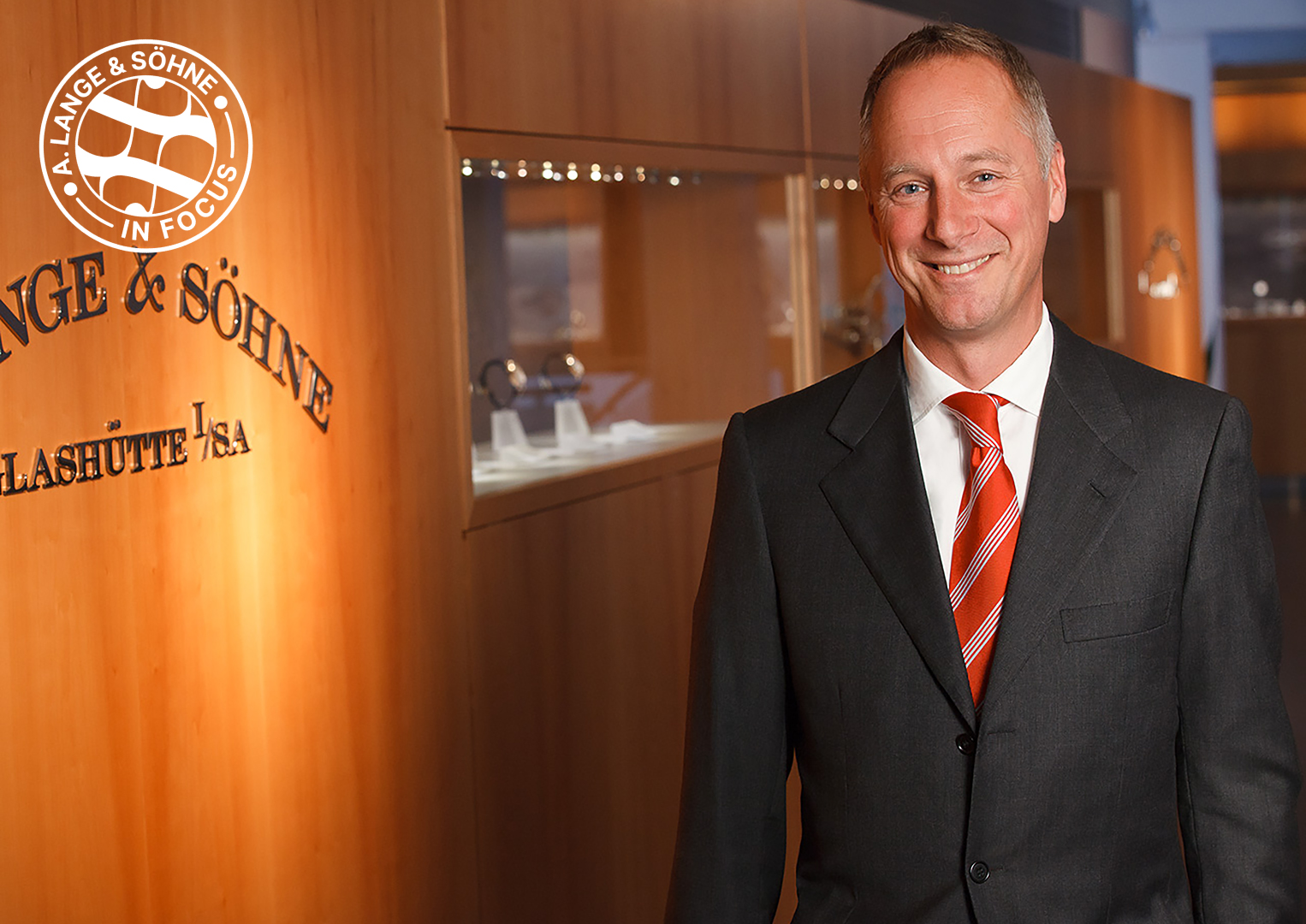Feature: How A. Lange & Söhne Came Back From The Dead
There are several leading luxury watch brands who have been resuscitated after decades of lying comatose—from the mighty Blancpain to Universal Geneve—but in most cases it was the quartz crisis that triggered their downfall. For the German company A. Lange & Söhne, however, it was communism that caused over a century of fine-watchmaking to grind to a shuddering halt.
When the Saxony town of Glashütte was subsumed by the Communist Bloc after World War II, Lange, which had been based there since its inception, was absorbed into GUB (Glashütter Uhrenbetrebe), a state-run conglomerate of a handful of Glashütte brands.
In true communist style, GUB paid scant regard to the individual brands’ heritage or traditions. It simply wanted to churn out simple and affordable watches for the masses.
Lange’s factory—descended on like a plague of locusts by the new Soviet overlords—was stripped of much of its tools and machinery, never to be seen again.
Back To The Mines
Initially, company custodian Walter Lange found himself working at the GUB factory under Soviet supervision. Here he was expected to divulge technical knowledge such as the inner workings of a pilot watch calibre and various marine chronometers. Eventually he was considered surplus to requirements and told to work in the nearby Wismut uranium mines.

The late Walter Lange stands beside a bronze bust of his great-grandfather Ferdinand Adolph
There was a cruel irony in this.
Glashütte was a town whose original prosperity came from mining silver and iron ore. When that ran out, the town faced a bleak future until it was revived under the auspices of Ferdinand Adolph Lange, Walter’s great-grandfather, who turned the town into a hub of horological excellence.
Rather than take the mining job, Walter Lange, like many of his countrymen, fled across the border to Pforzheim in what was then West Germany. Much like Glashütte, Pforzheim is known for its jewellery and watch industry, hence its nickname ‘Goldstadt’ (‘Golden City’).
During his many years in exile, Walter kept his hand in horology, working in watch retail and even unsuccessfully attempting to start up another watch company called ‘A. Lange Pforzheim’. He also maintained his links with Glashütte and was able to visit the town from time to time, but eventually he retired in his sixties, resigned to never overseeing the completion of another Lange masterpiece.
Salvation Arrives
After the fall of the Berlin Wall in 1989 and the reunification of Germany a year later, Günther Blümlein, a German entrepreneur who had presided over the stunning renaissance of Jaeger-LeCoultre and IWC, approached Walter Lange with the ambition of reviving his company.
A quiet retirement in the beautiful Black Forest region quickly went out of the window as Walter seized the chance to re-start the family business, backed with major investment.

A Lange 1 model, one of the watches that helped re-launch the brand
It took A. Lange & Söhne four years and an estimated €20 million to design, manufacture and release its first watches of the post-communist era, with current CEO Wilhelm Schmid admitting it was a venture into the unknown.
Schmid said: “Not only did the founders have to answer the question of what a modern A. Lange & Söhne should look like after a hiatus of forty years, they were also faced with many variable factors offering countless options. And yet, decisions had to be taken quickly, in the awareness that every detail could mean the difference between victory and defeat.”

CEO Wilhelm Schmid has overseen the brand since 2011
The New Era
Lange and Blümlein's masterful alliance to re-launch A. Lange and Söhne in October 1994 remains one of the greatest feats in watchmaking history with the four brand-new models of the modern era—the Lange 1, Saxonia, Arkade and Pour Le Merite— built from scratch yet garnering instant acclaim.
Since then it’s refused to rest on its laurels, forging a path of peerless quality and superb craftsmanship that has led to it perhaps eclipsing the venerable Patek Philippe as the world’s most prestigious watch brand.
This has undoubtedly been helped by the fact that since 2000 it has been under the ownership of the Swiss Richemont Group whose other subsidiary companies include Cartier and Panerai, as well as the aforementioned Jaeger-LeCoultre and IWC.

The Zeitwerk is one of the brand's best-known models
A. Lange & Söhne now counts a number of instantly recognisable models in its collection. These include the Zeitwerk, a mechanical watch with a digital display whose distinctive design was influenced by a famous clock at the Semper Opera House in Dresden, the nearest city to Glashütte.
As for the town of Glashutte, other old companies joined the revival, including Glashütte Original, Muhle-Glashütte and Tutima, and the town’s watchmaking aura has never shone brighter. Nomos and Moritz-Grossman (an old Glashutte name acquired for a new brand) later joined this formidable line-up, and the town has even acquired its own museum dedicated to watchmaking.
In 2020, 175 years after the town’s first watch atelier was founded, a bronze statue of Walter Lange, who died aged 93 in 2017, was unveiled in the town.
It stands just yards away from the memorial to his great-grandfather, Ferdinand Adolph Lange. Two men to whom the town owes so much.
Looking for an A. Lange & Söhne watch? Click here to shop now




